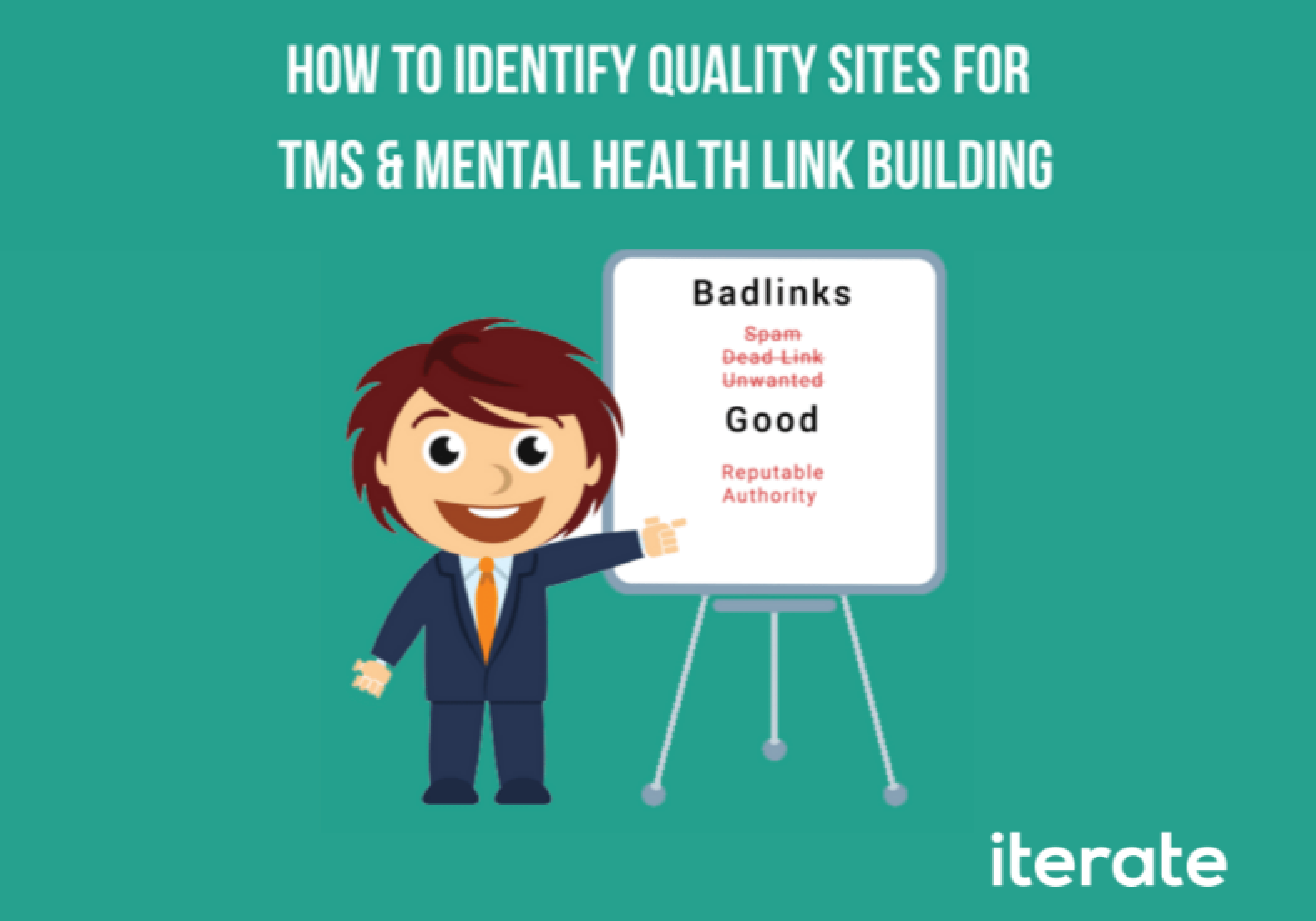Here’s a challenge many B2C marketers face every year – How to drive sales of a specific product or service without making major changes to a company website that is perhaps outdated, not optimized for sales, or simply focused on promoting a much wider array of products.
How does the savvy marketer overcome these obstacles to reach consumers with a simple campaign featuring the best user experience and tracking, and a clear, highly-targeted call-to-action? She uses microsites, of course!
What is a microsite?
The name says it all – Microsites are tiny websites, often a single page or cluster of pages with targeted messaging. These allow a marketer to control messaging with laser precision, drive clients through a highly optimized series of purchase decisions without the risk losing attention along the way. Despite the obvious advantages, though, the microsite strategy is often overlooked.
That being said, there are plenty of examples of big brands using the microsite strategy to great effect. Here are just a few!
Great Examples of Microsite Strategies
CRO Guide

This microsite by Simply Business displays the unique power in creating a highly targeted piece of content. The user is guided through the decision process of Conversion Rate Optimization, with links to off-site resources at every step.
Domino’s DXP

This microsite was created by Domino’s pizza to highlight a new fleet of energy-efficient delivery vehicles. Rather than worrying about selling more pizza, this site instead focuses on education and brand awareness, and is an ideal vehicle (pun intended) for a very specific brand message.
Simplisafe Layered Defense Guide

This microsite highlights the educational power of a well-designed page. Featuring parallax scrolling and simple graphics, the user is led through a step-by-step guide of home security options in a manner that feels natural.
What are the risks of implementing a microsite strategy?
There have been plenty of posts in the SEO world about the death of microsites. In large part this has been because microsites were long used as a kind of SEO magic bullet to create large link networks and take over search pages without adding any worthwhile content to the web. Thus, these tactics led to microsite strategies as a whole being dubbed a ‘black hat’ tactic, sure to bring down the wrath of Google.
We should take a few moments to acknowledge the very real risks (from an SEO standpoint) of exploring a digital strategy centered around microsites.
- Risk 1 – You can dilute your domain authority
For a long time, the smart SEO move has been to centralize all content on a single domain. This allows you use the full power of all your backlinks to increase the overall authority of your site as a whole. The ‘all eggs in one basket’ approach is certainly still the smart move from a purely SEO standpoint. If you are expecting microsites to somehow boost the authority of your main domain, or to somehow monopolize the search page and push your competitors down, you are on the wrong track.
- Risk 2 – You can open yourself up to a penalty
A big grey-hat tactic of years gone by was to create dozens of microsites linking among themselves to pass authority and create the illusion of a healthy site between several keyword-rich domains. Google caught onto this rather quickly and brought down the hammer on these link webs. If you are using microsites as a part of some sinister link passing plot, prepare for the worst. If not, just make sure that your microsites are part of a limited strategy to avoid the appearance of shenaniganery.
- Risk 3 – You can create duplicate content
This is the big one: For a few years every business owner had the same thought – “Why don’t I just make a bunch of identical websites targeting every single location I’m marketing to. I can rule the local search just by buying a bunch of domain names!” Thus we ended up with:
- kittenmittensphilidelphia.com
- kittenmittensnewyork.com
- kittenmittenssanantonio.com
- kittenmittenssheboygan.com
and on, and on, and on it goes!
Now, as a lazy marketer I can certainly see the appeal in this. It requires a minimal investment in money up front, and almost no extra work! Just change the title tags and the about page to include the new location and kabam! Instant success!
Well, not really. Google caught wise to this one too, and it led to lots of these location-specific microsites being hit with some heavy penalties…. because if you are just changing the location name but keeping everything else the same, you are providing minimal value to a reader. A great rule of thumb for creating microsites is to keep things unique (more on this below).
- Risk 4 – You can create a confusing customer experience
This is an important point to be aware of if your call-to-action involves directing customers to your main company website to complete a sale. This transition from microsite to parent site can startle some users, whether it’s from a sudden change in design and style, the fact that your brand wasn’t on display on the microsite, or that they are suddenly presented with many more options as opposed to one crystal-clear ‘ask.’ Ideally, your customers would be able to complete the sale without leaving your microsite, but that simply won’t be possible for some companies. If you need to move your users onto your main company site to complete the sale, be sure to craft a landing page that ensures them they are in the right place, and moves them quickly onto the next step without a lot of distraction.
Why should they be used?
We have now put the notion of microsites as an SEO tactic to bed. You realize there is little SEO benefit to microsites if they are done right, and considerable SEO risk if done wrong. So why on earth am I saying they can still be effective?
Small Investment
As internet marketers, we tend to push for the newest, best technologies and user experience. The best websites demand testing and refinement, but for the average small- to medium-sized company that kind of development would require a major redesign. This kind of overhaul is just out of reach for many marketers – It is difficult to pitch a new website every year to your boss, and even so, that will likely leave you with months and months of work before you see any return. Microsites are cheap and easy to implement, and can be turns around quickly.
Laser Focused
A company website often has to juggle multiple objectives in a single framework. Your website may be a sales engine for your products, but can also be a careers portal, a customer service platform, and, of course, the primary means to communicate your brand as a whole. A microsite doesn’t need to worry about any of those additional objectives. You establish a clear goal (selling something), the strategy for reaching that goal (your user journey) and then execute. No distractions, no competing objectives.
Great for B2C
Microsites are uniquely suited for selling directly to consumers. It is likely that your goal is an ‘easy ask,’ simply purchasing a product, and you know what information you need to get across to help your customers reach that goal. Whereas a sale through your main website would be full of distractions and competing messages, with your microsite you can present a problem that resonates with your customers, position your product as the ideal solution, then hit them with a ‘buy now’ button. It really is that simple!
Makes social marketing a breeze
Microsites are made to be presented on social media. Whereas it is unlikely that anyone will link to the homepage of your main company website, a simple imaginative microsite has immeasurable reshare value. The pitch feels personal, and when they reach the end of their buying journey it will feel like they came to the decison to buy themselves. Capture the imagination of a customer and they will be happy to share with their friends. Chanel’s Vocabulary of Fashion microsite was shared over 1,500 times on Facebook!
How to use microsites appropriately for b2c
- Embrace the risk
This isn’t an SEO strategy, and you know that. But the risks are real (see above) and you know that, too. Get smart about duplicate content and link strategies, but don’t let the potential for risk throw you off.
- Make it memorable
If you want a microsite that is going to convert users into customers, and convinces them to share the experience with friends, you’ll have to think outside the box. Fortunately, it’s a lot easier to do this on a microsite than your main company store! So try out your most imaginative strategies and try, try again!
- Make it worthwhile
Here’s a secret: Your customers don’t care about you or your company. They want to know how you can help them. So craft a message that appeals to them. Present a problem that effects their life, then position your product as the solution. Make it about them, don’t waste their time with self-aggrandizement, and they will reward you.
- Build it well
This should go without saying, but the simpler and smaller the site, the more you need to focus to make sure each step is flawless. Double- and triple-check everything and get your SEO ducks in a row.
- Make it easy
Don’t overthink this, or try to throw in every idea plus the kitchen sink. The whole point of the microsite is to present a single, easy-to-understand message and guide your customers along the path you’ve made for them.
- Make it pretty
This can’t be understated. You may only have a few seconds to reach a customer before they hit the back button, and an ugly, thrown together microsite will drive away customers faster than you can say UX. Even more than with your main parent site, a microsite should look and feel seamless.
- Promote Promote Promote
If you (just) built it, they may not come. Once your flawless microsite is launched, you still have an uphill battle to get users onto it. Set aside advertising dollars and create a campaign with unique messaging to drive traffic to the microsite. Allot a hefty chunk of social media time as well, and look at promoting the site on design and B2C marketing blogs. Once things get rolling you’ll be glad you put gas in the engine!
- Track everything
This should be true of every marketing activity, but it goes double for Microsites – Tracking and attribution are a marketer’s best friend. Ensure that you have your microsite set up as a separate property in your Analytics account, set every possible conversion action as a separate goal, and use the funnel visualization tools. That way, when it comes time to report on your success you’ll have plenty of ammunition to justify your next microsite… and maybe a raise, too!
So, there you have it! I hope this article has persuaded you to consider a microsite strategy to market your products, and given you some tips for getting it done right! Have questions, comments, or more examples of great microsites? Leave a comment below!
More reading:
http://www.creativebloq.com/web-design/5-brilliant-microsites-8135477
http://blog.hubspot.com/marketing/ingenious-microsite-examples
https://www.clickz.com/clickz/column/2326662/the-end-of-microsites
\http://www.slideshare.net/Regalix/the-success-of-microsite-marketing-strategy
http://catalyst.ca/blog/are-microsites-good-or-bad-for-seo/






